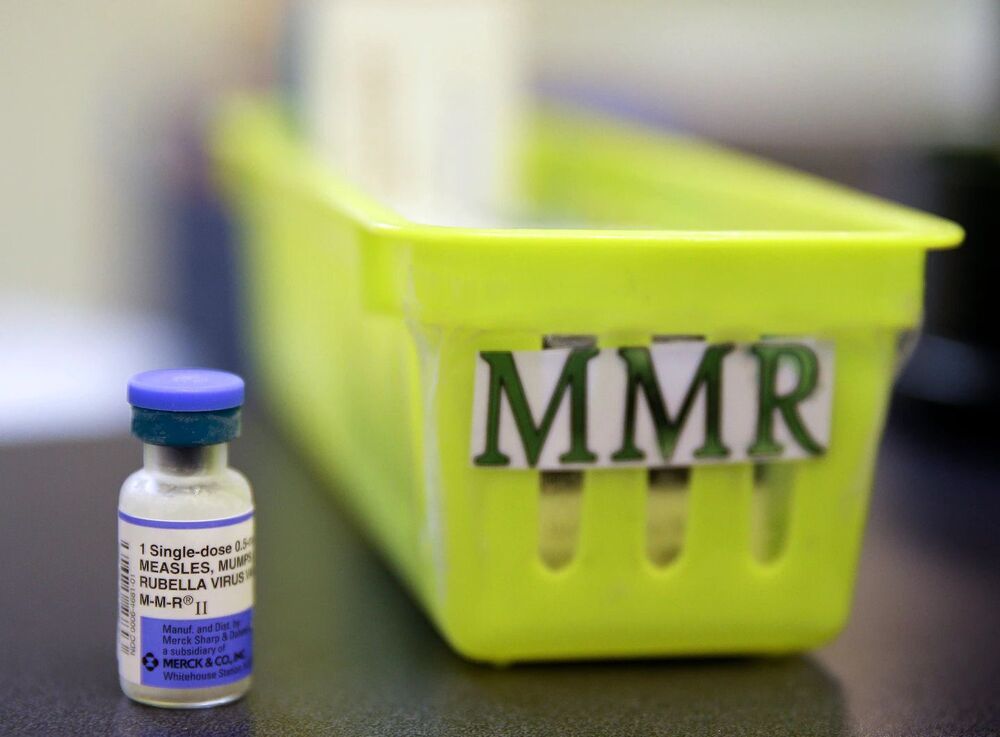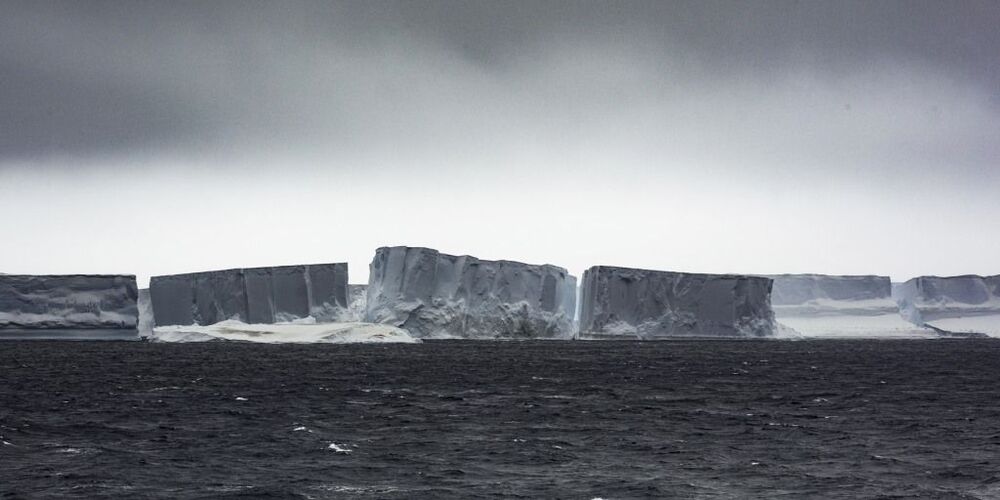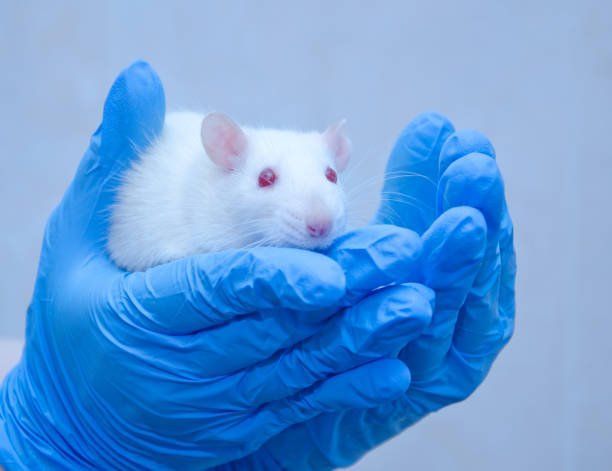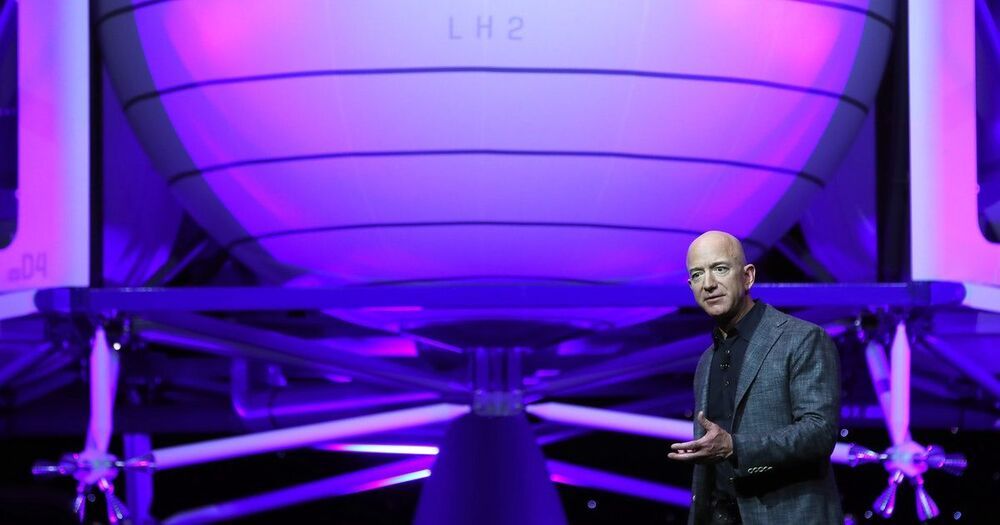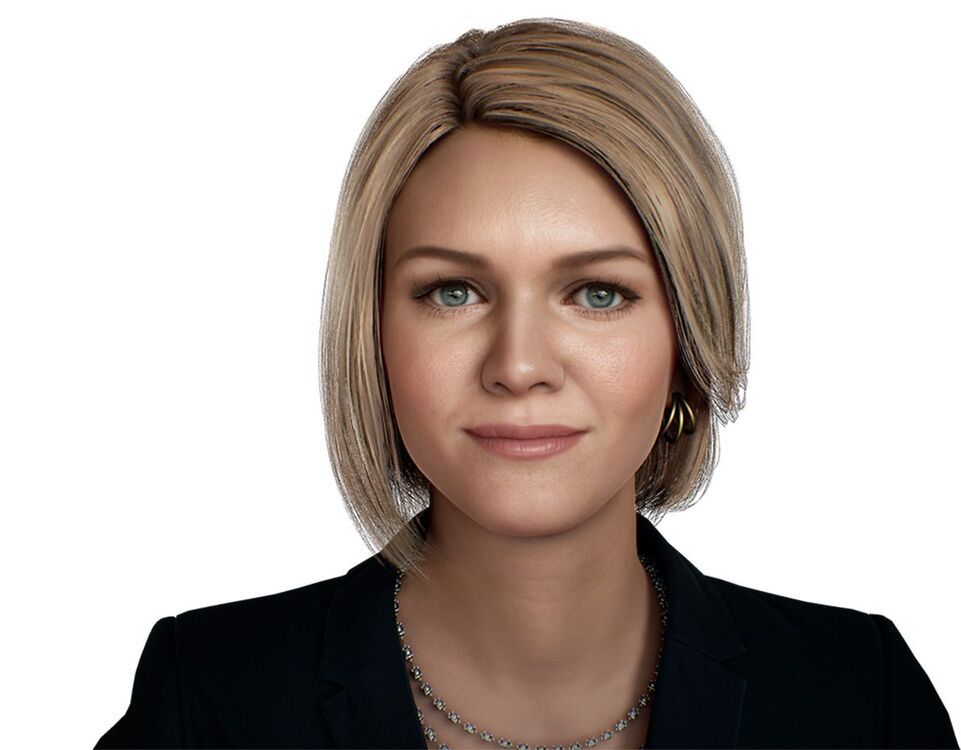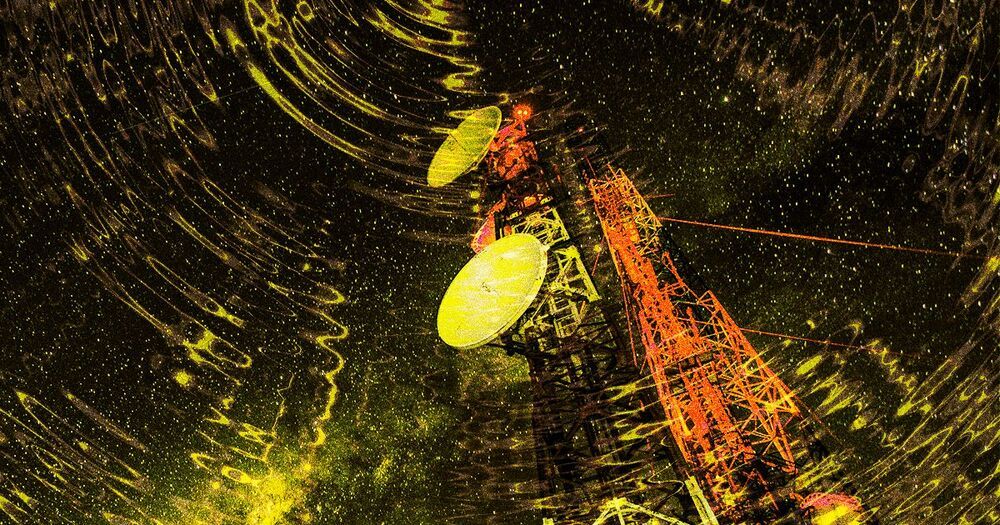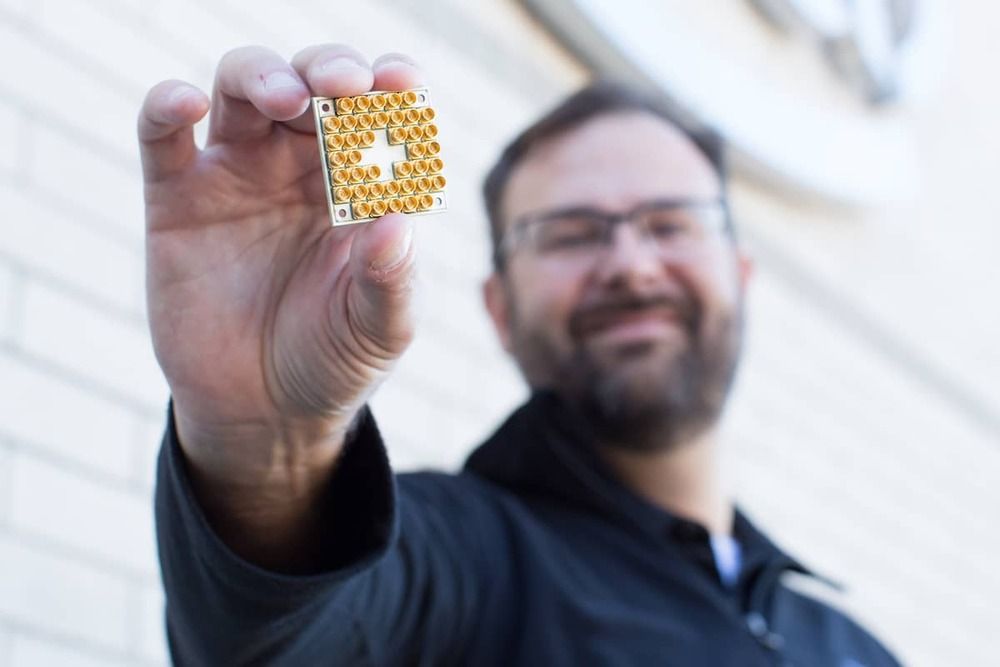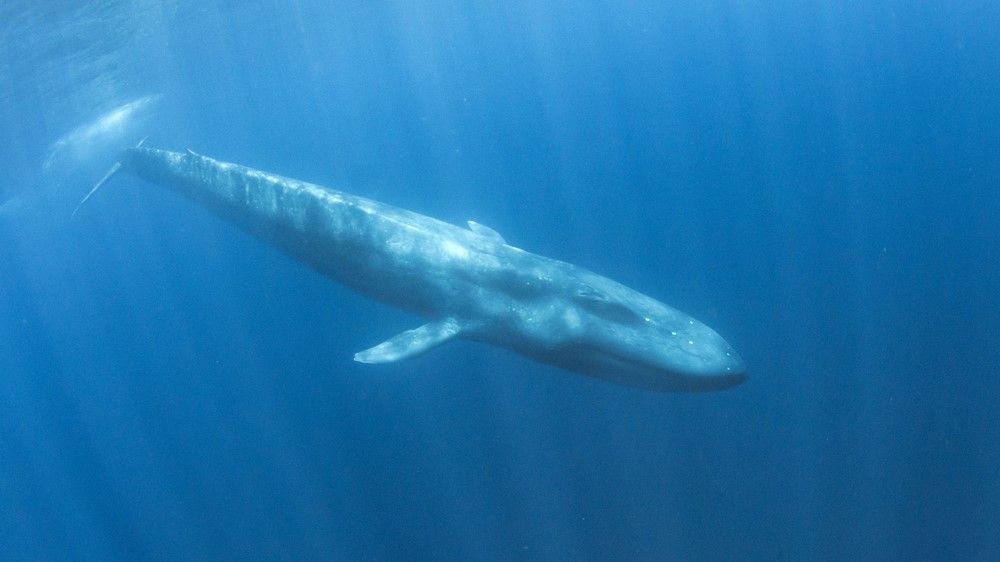The American Academy of Pediatrics also called on parents Thursday to get their children up-to-date on routine shots as families prepare for the return of in-person classes in the fall.
“We understand many families understandably delayed visits to their doctors during the pandemic,” Yvonne Maldonado, who chairs the group’s committee on infectious diseases, said in a statement. “We urge families to get their children caught up with their routine immunizations now. States have begun opening up, and as families move about in their community, we are concerned that we could see outbreaks of measles, whooping cough and other life-threatening diseases that could spread rapidly.”
The CDC data from 10 jurisdictions provides further evidence of the pandemic’s impact on routine childhood and adolescent vaccination rates, which were documented last year as parents across the country canceled well-child checkups to avoid coronavirus exposure.
